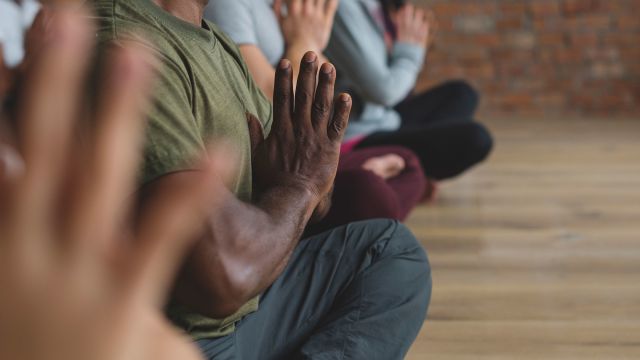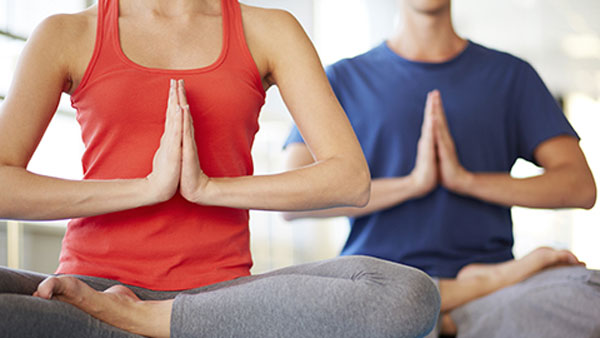We all felt the tug at our hearts when we heard the news of Hurricanes Harvey, Irma and Maria. Thousands having to flee their homes and seek shelter somewhere else. Our first reaction might be of deep sadness for the victims. After the initial sadness, we might experience other feelings such as the relief of I’m so glad it wasn’t me or my family. This feeling illustrates how hard it is to really sit in someone else’s suffering for more than a minute.
Our discomfort with suffering urges us to exit our feelings of compassion and take a sigh of relief that it wasn’t us. Compassion springs from a feeling of what it might be like to be in someone else’s shoes. It arises naturally when we feel ourselves in connection with the other. When we sharpen our ability to stay with someone else’s experience and really soak in what it must feel like to be in their life, something magical emerges. We let down our guard and join another person’s reality; we feel a connection.
Sympathy vs. compassion
When hearing about someone else’s pain or suffering, we may immediately feel sympathy and want to help. But sympathy is different from compassion. Sympathy is feeling “for” someone and compassion is feeling “with” someone. Sympathy can inspire us to help others, but it may not teach us how to truly listen and hold space for the suffering of others. In order to hold space for another, we must first learn how to rest in our own suffering and discomfort. This takes practice and patience.
How to rest in your discomfort
Meditation teaches us this skill. It’s the practice of learning to sit with ourselves. It teaches us to be mindful in each moment and to observe the ways we try to avoid staying in the present moment. When thoughts and feelings arise, we stay still and observe our own reactions and feelings without judging or labeling. We let ourselves witness without getting lost in the storyline. We keep returning to the moment over and over again. Over time, we train our minds and hearts to be still and open to whatever arises. This is how we build our sense of tolerance.
Tolerance fuels compassion
It’s tolerance that fuels compassion. When we practice tolerance, even in the darkest times, it leads to compassion, and ultimately compassion leads us to love. Love is what heals us. It heals our hearts and it heals our communities. This is something that Dr. Dean Ornish, the founder of Ornish Lifestyle Medicine says over and over again. This is why Ornish Lifestyle Medicine teaches compassionate listening and meditation. These two practices support each other and lead us in the direction of love.
Try these practices to inspire compassion
How to practice meditation:
- Sit quietly and comfortably, close your eyes and let your attention move inward.
- Begin to follow your breath as it comes in through your nose and as it leaves through your nose. Send your breath to any areas that may feel tense or resistant.
- Now, let your attention rest in your heart. Breathe as if your heart were breathing in and out.
- If the mind wanders, gently return your attention to the breath in your heart.
- Sit quietly for several minutes. Imagine your connection to everyone breathing and living as if all hearts were connected and breathing as one heart.
How to practice compassion:
- Lie down in a comfortable position and let your whole body relax, imagining your whole body breathing in and out.
- Begin to imagine someone you love. Begin to send them understanding, compassion and love.
- Repeat this practice with someone you are neutral about, a person you may not have strong feelings for either way.
- Repeat this now with some you have a small misunderstanding with. Someone you normally feel is a friend or you appreciate them, but you may have things that you differ on.
- Lastly repeat this with yourself. Let yourself linger in these feelings of love for yourself before coming out of the practice.
When you practice regularly, you will begin to transform your relationships with yourself and others. They will build tolerance, compassion and love. What better way to mend your own heart while healing your community.
Could you begin to mend the relationships with people who you struggle with by practicing compassion?
This content originally appeared on Ornish Living.






